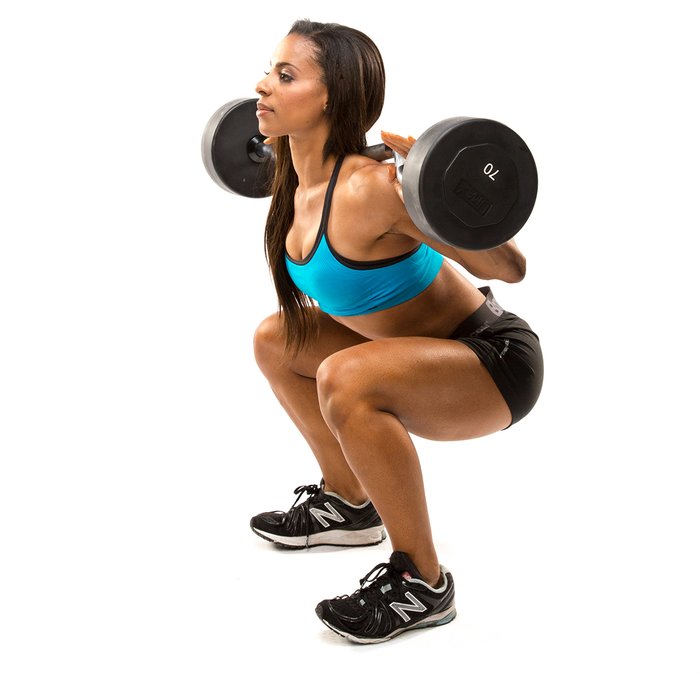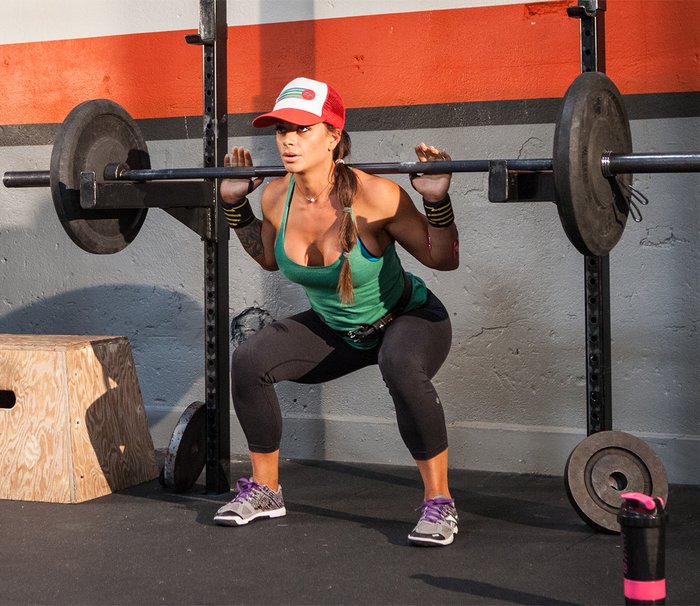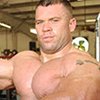There's no better feeling than to come out of the hole in the squat with speed and power. But it takes more than just pure strength. There's a lot of technique and timing involved in rocking the squat.
Squats have an ascending strength curve, meaning they are most difficult at the bottom and get easier as you ascend. To improve your squat, you've got to focus on the bottom end by doing pause squats and dead squats—and then some!
Technique, Technique, Technique
Decades ago, at a major golf tournament, a sports psychologist used a stopwatch to time how long it took Jack Nicklaus to pull his golf club out of the bag and hit the ball. From the first green to the last hole, Nicklaus's time never strayed by more than a second. Over time, he had developed a ritual—and he followed it for every shot.
If you've watched a great powerlifter perform a squat, you'll see that they follow a ritual, too. When you're serious about your craft, every repetition becomes an opportunity to perfect that ritual. From the moment you approach the bar to when you return to the starting position, you strive to do the movement the same every time.

It takes practice, practice, practice to build a great squat technique. And by great technique I mean efficient neuromuscular motor patterning that not only makes the squat easier to perform, but enables you to produce a greater amount of total, explosive force in a shorter amount of time. Once you've nailed your technique, start integrating the following ideas into your practice.
Commit to the Descent
Squats are reversible muscle actions that require perfect form to properly execute the stretching-and-shortening cycle that includes an eccentric phase (squatting down), an amortization phase (transition from eccentric to concentric), and a concentric phase (standing up).
Practically applied, when you perform the eccentric phase, you're storing up elastic-like energy that, when correctly released from your legs in the bottom position, can propel you upward. Often, when great squatters miss maximum attempts, they don't get stuck in the bottom, but rather at a few inches above parallel. This is because, while they may not be strong enough to squat the weight, they're skilled enough to use the pent-up elastic energy in their legs to get out of the hole.
The way you build up the maximum amount of stored energy is by committing to the descent! Far too many lifters warm up by squatting lighter weights with a different descent speed and depth than they do with heavy weight. Great squatters, on the other hand, descend with the same speed and to the same depth every time, no matter how much weight is on the bar. Great examples include Fred "Dr. Squat" Hatfield, PhD, and Ed Coan. Both were champion powerlifters.
The fact is that you can't optimally take advantage of the stretch reflex unless you practice squatting to the same depth with the same speed over and over. When you've learned how to capture and release that pent-up energy, you're ready to maximize your power coming out of the hole.

Build Explosive Power
Once you've nailed the squat technique, and the stretch reflex is working for you, you can further increase the power out of the bottom of your squats by training pause squats. I learned this exercise from Coan, who was my mentor.
Simply use your competition or strongest-squat stance and bar placement, and descend to the depth where you'll be testing your squat. Hold this position for 1-2 seconds, then explode out of the bottom and back up to the starting position.
Don't do this exercise in place of regular squats, because you need to keep practicing your basic squat skills. But when you do 2 sets of 3-5 reps after heavy squats, you're well on your way to becoming a superpower coming out of the hole!

Get the Rest of the Way Up
Yes, the stretch reflex done right can help you explode through the bottom of the squat, but after that stored energy is used up, you've still got a way to go to finish the squat.
This is where the dead squat comes into play. Simply rest a barbell on the pins in a rack. Get under the barbell, and squat the weight up from this position. You've just done a dead squat. Don't do multiple dead squat reps—one at a time is enough.
Practicing these squats will help build power in the sticking spot where your pent-up elastic energy fades away. Plus, doing dead squats regularly will help you build great starting strength so you can bust out some massive deadlifts.
Here are some guidelines for performing dead squats:
- Only perform single repetitions
- Do 3-6 sets
- Start 1-3 inches above parallel
- Use a safety bar, if available
- Perform the movement as explosively as possible
- Cycle in bands and chains as your technique improves
Final Thoughts
Keep in mind that the tools I've described above are secondary to great technique. Nail your form, and your power out of the bottom will come. When you're ready to go a step further, work the pause squats and dead squats into your routine. Before you know it, powering out of the bottom will become your strength. Until then, here's to a more powerful you!

